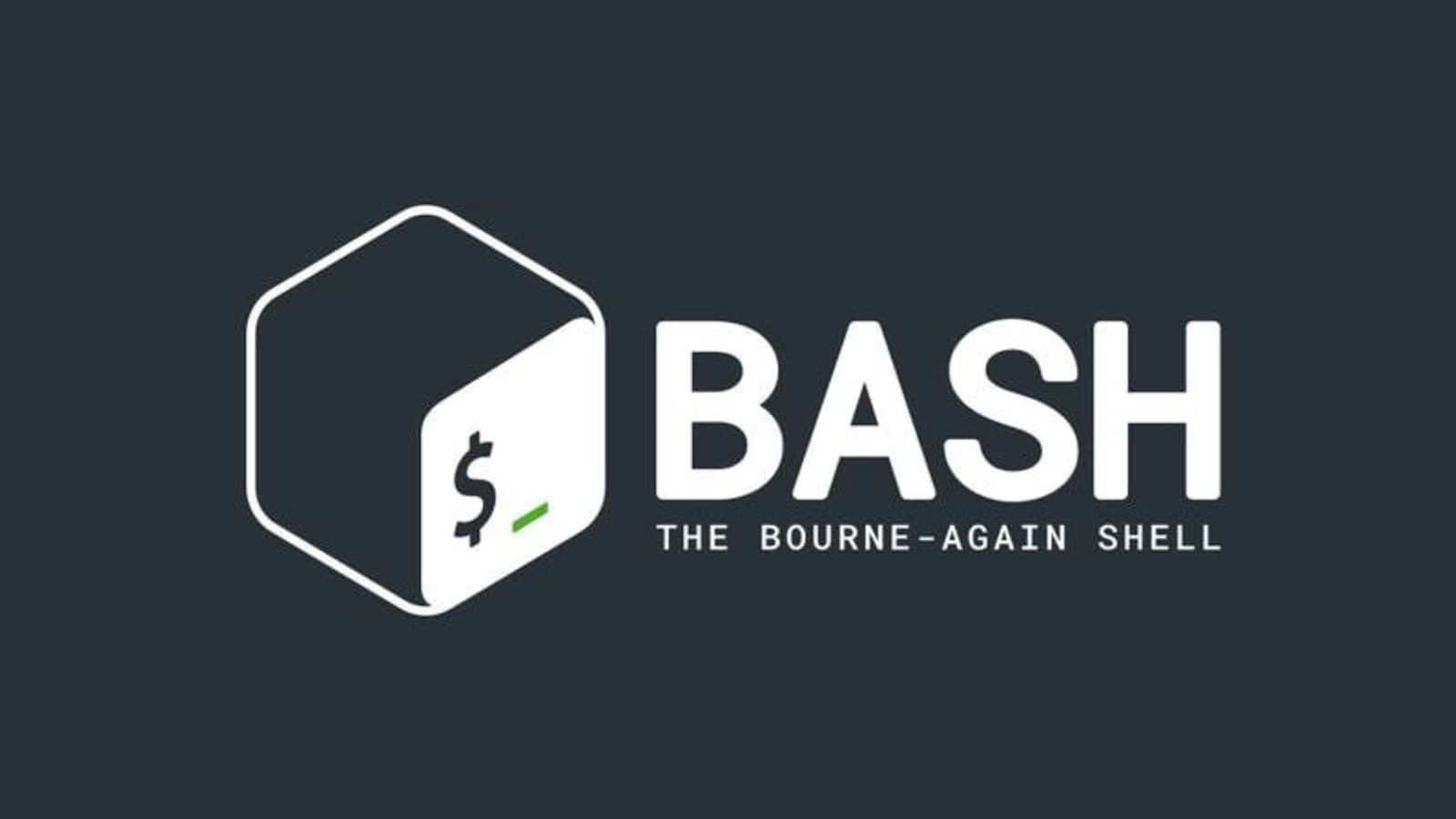Do you know the general concept and you know what Git is? Git is by far the most commonly used modern version control system in the world today?
In the introduction of this material you will understand GIT conceptually, its characteristics, and in the articles that talk about Software Version, you will understand why it is necessary to apply in the software development process, being the tool that allows you to apply all this concepts.
If you are in a hurry to know the basic commands of GIT, go straight to the article Basic Git, but be sure to read the first chapters of the fundamental concepts to increase your understanding beyond the execution of commands.
Watch the video or read the transcription of the content:
What is Git
GIT is a mature and active maintened open source project developed in 2005 by Linus Torvalds, the famous creator of the Linux operating system kernel.
An impressive number of software projects depends on the GIT for version control, including commercial and open source projects.
Developers who work with GIT are well represented in the available software development talents pool that work well in a wide variety of operating systems and IDES (integrated development environments).
The base of Git’s architecture is distributed, it is an example of DVCs (acronym that means distributed version control system).
Basically, instead of existing only a single location for the full history of the software version, as is common in centralized version control systems, once popular, such as CVS or Subversion (also known as SVN), in GIT, the copy of work from every developer is also a repository that can contain the complete history of all changes. In addition to being distributed, GIT is designed to present high performance, safety and flexibility.
To learn more about these differences in version control systems, read the article with video lesson: What is version control.
GIT Characteristics
What are the main characteristics of GIT?
Performance
GIT performance features are extremely high when compared to other version control systems.
Make commit of new changes, create branchs, merge different branches and compare versions - everything is optimized for performance. The algorithms implemented in GIT take advantage of deep knowledge about common attributes of real source files tree trees, how they are often modified over time and what access patterns are.
Read also
Unlike some version control software, GIT does not make mistakes by managing the file names by determining what the storage and history of file tree versions should be. Instead, GIT works in the content of the file.
Source code files are renamed, divided and reorganized frequently. The object shape of the Git repository files uses a Delta coding combination (content difference storage) and compaction and clearly stores the directory content and the metadata objects of the version. This means that only changed portions of the content of a file are stored in a new version.
Distribution also offers significant performance benefits.
For example, let’s say a developer, Agnes, make changes to the source code, adding a feature to the next version, 2.0, and make the commit of these changes with descriptive messages.
She then works in a second feature and makes commit of these changes as well. As expected, they are stored as separate work elements in the history of versions.
Agnes then changes to branch of version 1.3 of the same software repository to correct an error that only affects the older version.
The purpose of this is to allow the Agnes team to launch a bug correction version, version 1.3.1, before version 2.0 is ready.
Agnes can now return to branch 2.0 to continue working on the new features of version 2.0, doing it all without any access to the content available on the network and, being a quick and reliable process in your local repository. She could even do this in a place without internet access.
When ready to make commit of all changes as individual items, sending them to the remote repository, Agnes will be able to make a push in a single command.
Ssecurity
GIT was designed with the integrity of the managed source code as a priority. File content, as well as relationships between files and directories, versions, tags and commits, all these objects in the Git repository are protected with a safe encryption hash algorithm called Sha1.
This protects the code and history of changes against accidental and malicious changes and ensures that the history has total traceability.
With Git, you can be sure that you can access an authentic content history of the source code.
Some other version control systems have no protections against later secret changes. This can be a serious vulnerability of information security for any company that depends on software development.
Flexibility
One of GIT’s main design goals is flexibility. It was built to be flexible in many ways:
- support to various types of nonlinear development workflows,
- in efficiency in small and large projects
- and compatibility with many existing systems and protocols.
GIT is designed to treat branchs and tags as first class citizens (unlike SVN) and operations that affect branches and tags (such as mixing or reversal) are also stored as part of the change history.
Not all version control systems have this tracking level.
Versions control with git
Nowadays, GIT is the best choice for most software development teams to perform Software Versioning.
Although each team is different and should perform their own analysis, a number of reasons why GIT version is preferred can be presented:
Git is good
It may seem like an arbitrary statement, but Git has the functionality, performance, safety and flexibility that most individual teams and developers need. These GIT attributes were explained above. In comparisons side by side with most other alternatives, many teams find the git favorable about them.
Git is a fact standard
Being the most adopted tool in the category makes the git attractive for the reasons they follow:
- A large number of developers already have experience with GIT and a significant proportion of newly graduated can end up having experience with it at the university. Although some companies need to scale the learning curve by migrating to the GIT from another version control system, many existing and future developers need not be trained in it.
- In addition to the benefits of a large offer of professionals who know it, GIT’s predominance also means that many third-party software tools and services are already integrated with GIT, including IDES and new tools for use. Some examples are the desktoip DVCS Sourcetree, project tracking software, Jira, code hosting services like Github, Gitlab and Bitbucket
- If you are an inexperienced developer who wants to develop valuable skills in software development tools, when it comes to version control, Git must be one of its priorities on the list.
Git is a high quality open source project
GIT is an open source project with broad community support, with more than a decade of solid administration.
- Project maintainers showed balanced management and mature approach to meet users’ long-term needs, with regular releases that improve usability and functionality. It is easy to examine the quality of open source software, and numerous companies depend a lot on this quality to decide on their adoption.
- GIT has excellent community support and a large user base. The documentation is of high quality and abundant, including books, tutorials and dedicated websites. There are also podcasts and video tutorials.
- Open source reduces the cost for amateur developers as they can use Git without paying for it.
Conclusions
- Git has a current position of wide adoption in software development
- Git has high code quality, having as main characteristics: safety, performance and flexibility
- Management of your own project is an example of equilibrium and guarantee for companies to adopt it as their code versioning tool.
Now that you understand what version control is, what GIT is and why software teams should choose it, keep reading the next chapters to find out the benefits that GIT can offer the entire company when using Git on Version control of your software projects.






Comments